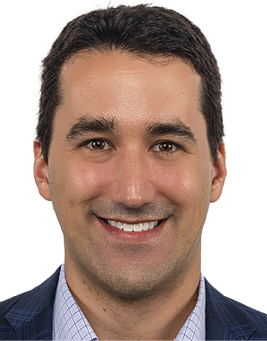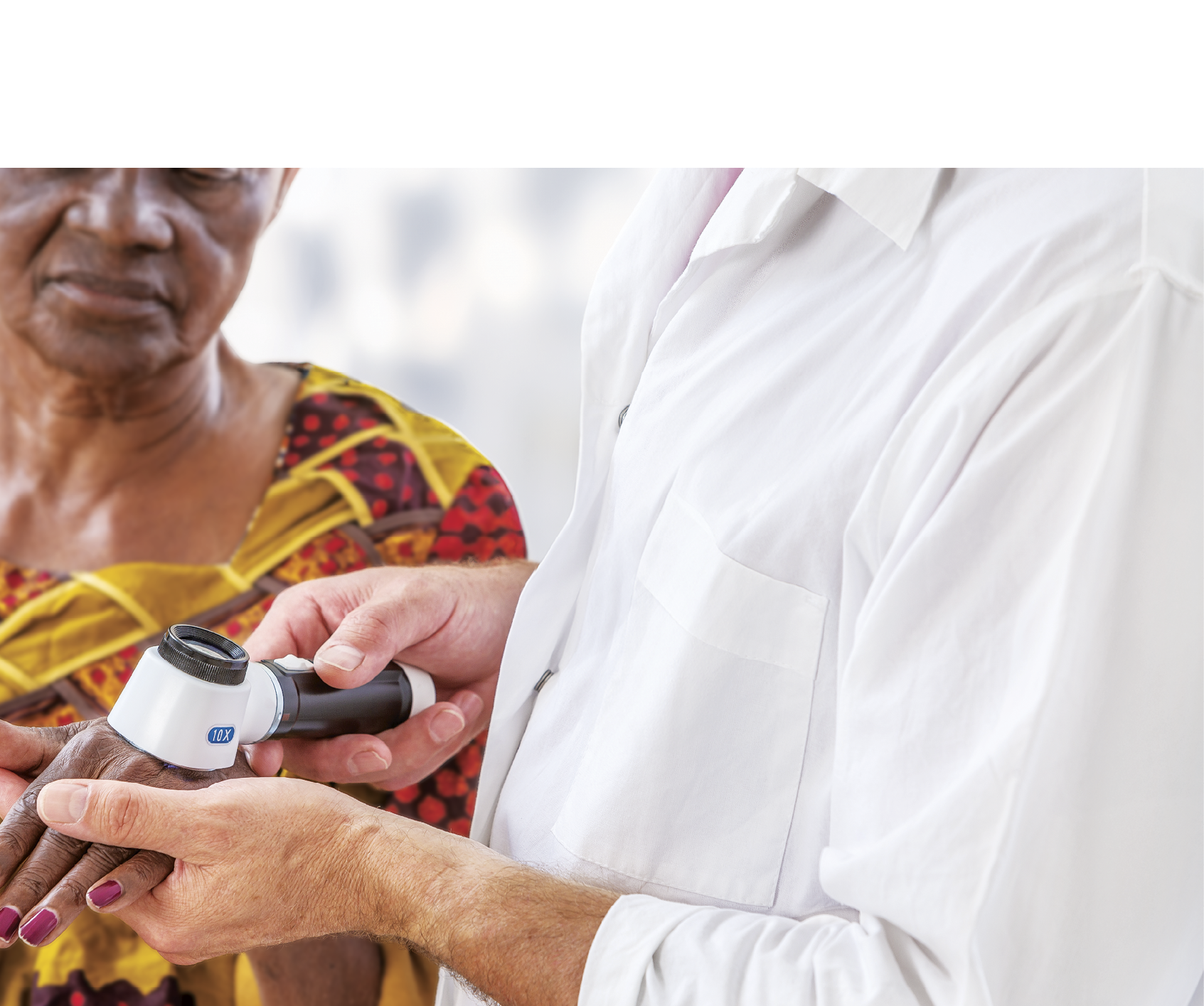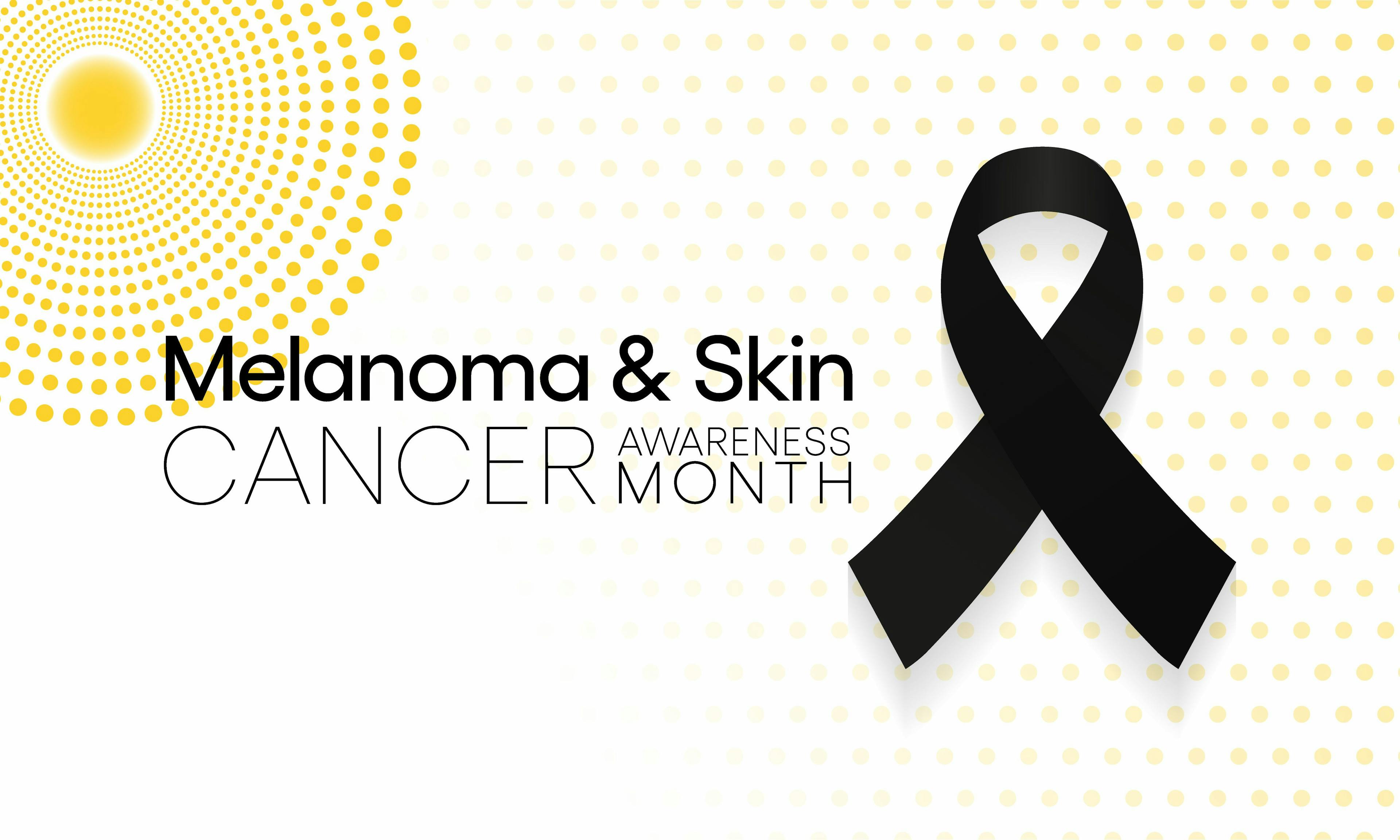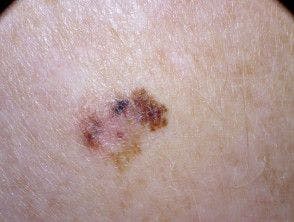- Acne
- Actinic Keratosis
- Aesthetics
- Alopecia
- Atopic Dermatitis
- Buy-and-Bill
- COVID-19
- Case-Based Roundtable
- Chronic Hand Eczema
- Chronic Spontaneous Urticaria
- Drug Watch
- Eczema
- General Dermatology
- Hidradenitis Suppurativa
- Melasma
- NP and PA
- Pediatric Dermatology
- Pigmentary Disorders
- Practice Management
- Precision Medicine and Biologics
- Prurigo Nodularis
- Psoriasis
- Psoriatic Arthritis
- Rare Disease
- Rosacea
- Skin Cancer
- Vitiligo
- Wound Care
Commentary
Article
Dermatology Times
Don’t Bat an Eye at These Eyelash Insights for Dermatology Clinicians
Author(s):
In this month’s Cosmetic Conundrums column, explore what dermatology clinicians need to know about false eyelashes to help prevent infections or contact dermatitis.
Image credit: © Leon Colon Ortega/Wirestock - stock.adobe.com

The 1960s-style false eyelashes are back but with new technological twists. False eyelashes are worn mostly by women both young and old, including by many newscasters on television. Inexpensive lashes are made from synthetic polymers whereas the more expensive types use mink hair or silk fibers. This month’s column examines various types of eyelash adornments, from the types of false eyelashes to eyelash perming. Understanding application methods can help a dermatology clinician better assist patients with an infection near the eye, traction alopecia from repeated application, or allergic contact dermatitis to the adhesive used. Previous case studies1-3 have demonstrated the potential need to collaborate with an ophthalmologist as well.
5 Types of False Eyelashes
There are many types of false eyelashes available, which vary in the type and density of artificial eyelash hairs.
1) Individual
Individual eyelashes are groups of 4 to 6 hairs that are glued to the base of natural eyelashes. They are especially useful for areas where lashes are thin or few and additional hairs can be glued to the base of bordering hairs. These individual eyelashes can also be glued to the natural eyelashes at the lateral eye.
2) Cluster
Cluster false eyelashes are also known as flares or accents. They are groups of hair that are bound together and are glued to the upper eyelid. They are commonly used in the corner of the eye for emphasis.
3) Strip
Strip false eyelashes are synthetic hairs attached to a band that is glued to the upper eyelid. The band can be black to mimic eyeliner or clear. Strips create an entire upper eyelid of eyelashes and can vary in length to create different eye appearances. For example, the look of mature hooded eyes can be improved by wearing strip eyelashes that are longer in the center than at the sides. This keeps the eyelash length appearance consistent over the entire upper eyelid.
4) Magnetic
Magnetic false eyelashes are a relatively new technology that eliminates the use of glue to affix the hairs. Eyelash glue damages the natural eyelashes over time, perpetuating the need to wear more dramatic false eyelashes using increasing amounts of adhesive. Magnetic false eyelashes come in a set of 2: One eyelash band with micromagnets goes on top of the natural eyelashes, and the second band with micromagnets goes under the natural eyelashes. This sandwiches the natural eyelashes between 2 magnets, which can be rubbed side to side to release the hold. Pulling the magnets will yank the natural eyelash hairs out before the magnets release.
5) Fantasy
Fantasy eyelashes are theatrical displays of brightly colored synthetic hairs or feathers that are glued to the upper eyelid margin. They are used for adornment.
Understanding Lash Perms
A lash perm uses the same techniques as a hair perm to reshape the eyelashes so they stick out from the eye in an acute angle as opposed to gently curling. The technique increases the apparent length of the natural eyelash by changing the shape of the hair. This procedure is performed in a salon with the client lying down with a silicone pad affixed to the upper eyelid. The pad serves as a form to reshape the eyelash hairs after the perming lotion is applied for 10 minutes, which breaks the eyelash disulfide bonds and allows the eyelash hair to assume the shape of the silicone pad. A setting lotion applied for 10 minutes reforms the disulfide bonds in their new configuration. A conditioner is then applied to the eyelash hairs, much like a standard hair conditioner, to smooth the disrupted cuticle. The lashes must be kept dry and mascara-free for 24 hours, and clients are advised to sleep on their back so the freshly permed eyelashes are not crushed. A perm costs about $150 and lasts around 8 weeks.
Zoe Diana Draelos, MD, is a consulting professor of dermatology at Duke University School of Medicine in Durham, North Carolina, and Dermatology Times’ Editor in Chief Emeritus.
References
1. Brambilla E, Crevani M, Petrolini VM, et al. Exposure to nail and false eyelash glue: a case series study. Int J Environ Res Public Health. 2020;17(12):4283. doi:10.3390/ijerph17124283
2. Shanmugam S, Wilkinson M. Allergic contact dermatitis caused by a cyanoacrylate-containing false eyelash glue. Contact Dermatitis. 2012;67(5):309-310. doi:10.1111/cod.12000
3. Sato M, Inomata N, Aihara M. A case of contact dermatitis syndrome caused by Dermabond, followed by contact dermatitis caused by false eyelash glue and Aron Alpha glue: possibility of cross-reactions among cyanoacrylates. Contact Dermatitis. 2017;77(6):414-415. doi:10.1111/cod.12823

Newsletter
Like what you’re reading? Subscribe to Dermatology Times for weekly updates on therapies, innovations, and real-world practice tips.





























